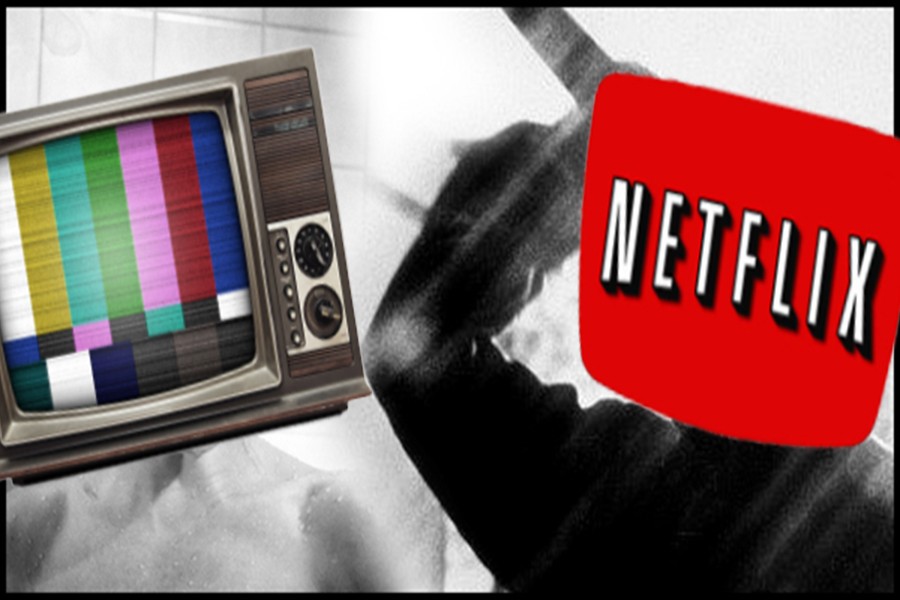Is Television Dying?
January 16, 2016
TV is dying, that much is clear.
The quarterly reports of the biggest cable providers show as much, with DirecTV losing nearly one million subscribers between the first quarter of 2014 and the third quarter of 2015. DirecTV’s biggest competitors seem to be following suit, with Comcast Corporation losing nearly half a million and Time Warner Cable losing over a quarter of a million.
Those numbers are not specific to those quarters either. This loss of subscribers has been the trend among cable companies for at least the past five years. This clearly outlines cable’s slow but certain descent into obscurity. It is clear that cable is dying, yet one question remains.
What killed cable, and what is next?
The two parts of that question have the same answer: on demand. The principle of on-demand is simple; you watch shows or movies when you want them, not when they are on. On-demand gives consumers the freedom of choice, and it seems that is what the consumers have chosen. Whether it be Netflix’s 50 million streaming subscribers, Amazon Prime’s 44 million, or Hulu’s 9 million, people seem to have chosen on demand streaming services over traditional cable providers.
Those subscriber numbers are increasing at an unprecedented rate, with Hulu doubling its subscriber count in the last year, increasing much faster than cable is currently declining. This extreme rate of subscriber acquisition could lead to cable disappearing much quicker than the current numbers would suggest.
With the biggest cable companies having fewer subscribers combined with YouTube channels and Netflix’s and similar service’s subscriber count skyrocketing, it is clear to see that cable is part of a dying industry. While it may not be completely out the door yet, the demand for cable is falling, and the demand for on-demand is on the rise.


